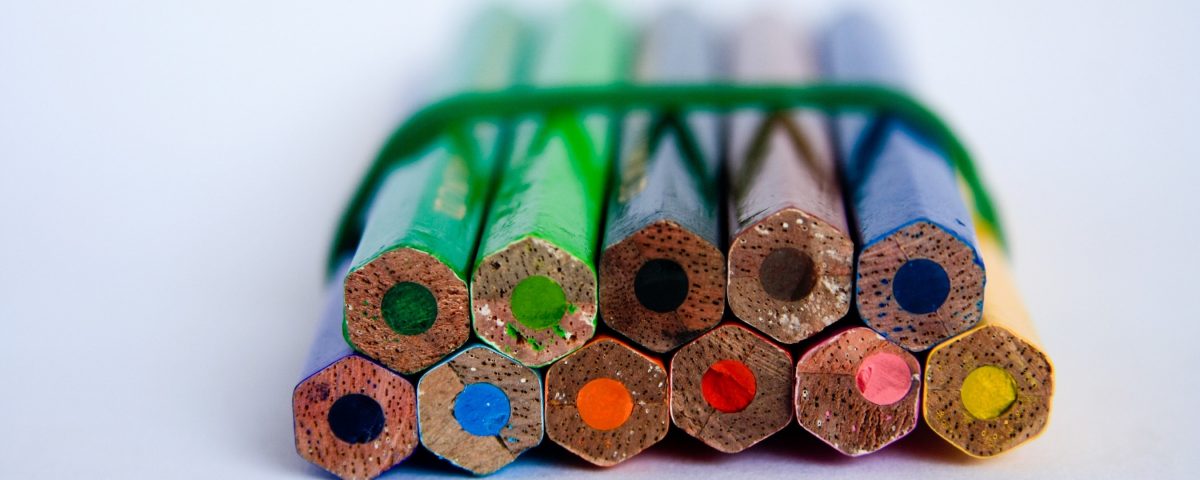Experiential Learning: I Do, I Understand
Experiential Learning: I Do, I Understand








Experiential learning promotes curiosity and encourages active participation in the classroom.
There’s an ancient Chinese proverb that goes:
I hear, and I forget
I see, and I remember
I do, and I understand.
Whether the author knew it or not, they were describing what’s since come to be known as experiential learning.
Knowledge Through Transformation of Experience
Experiential learning is a form of education that helps students actively reflect on and learn from — you guessed it — real world experiences. It’s learning that is based on a student’s direct involvement with a learning experience, rather than being a passive recipient of information in the form of classroom lectures or assigned reading.
While it may seem straightforward, the approach requires that a student be engaged with an experience in a way that allows them to extract big-picture, conceptual lessons from concrete interactions and activities (a tall order, even for the best of us). This approach dates back as far as the time of Aristotle, but was first explored in-depth by educational psychologists such as John Dewey, Carl Rogers, and David Kolb during the twentieth century.
“Learning is the process whereby knowledge is created through the transformation of experience,” Kolb asserted in 1984’s Experiential Learning: Experience as the Source of Learning and Development. He proposed a “learning cycle” that comprises four phases:
- A hands-on experience
- Reflective observation
- Abstract conceptualization
- Application of conceptualization on the next hands-on experience
In practice, those steps might look like:
- For a science or engineering course, students are asked to use 20 popsicle sticks to build a small bridge that will support 500 grams.
- Students note which popsicle sticks failed first, whether the sticks supported more when they were laid flat versus on their edges, and so on.
- Students develop a list of construction “principles” or best practices.
- Students build another iteration of the bridge with the list of construction principles in mind.
Retaining Knowledge, Discovering Self
Experiential learning develops students as individuals — rather than simply transferring knowledge. It encourages them to consistently reflect on what they can learn from real life experiences, it builds confidence in their ability to engage in productive and significant work, and it helps them to identify what they’re most inspired by and passionate about. Importantly, it requires that students develop a learning lens — or ongoing learning intention — through which they can continue to draw insights from their day-to-day interactions and activities.
For teenagers who have had trouble in traditional classroom environments, this approach can greatly increase engagement and retention, provided that it is implemented in a small, hands-on learning environment. Students who may have had trouble concentrating or actively engaging with material in classrooms of more than forty other students often find that experiential learning in a more intimate environment helps them focus.
Many experiential learning educators use the “5 Questions” model, which asks:
- Did you notice…?
- Why did that happen?
- Does that happen in life?
- Why does that happen?
- How can you use that?
At the heart of experiential learning is the desire to develop students as individuals by discovering their unique strengths and preferred learning styles. By posing specific questions to students as a starting point for developing a deeper understanding of their real-world experiences, teachers can help students build confidence and competence, both of which fundamentally improve attitude and emotional well-being.
Applying Learning to Life
Experiential learning has two major benefits that other forms of teaching often lack: 1) It provides space for creativity, and 2) it includes real-world applications. It helps students apply “school” to “life,” and to make abstract connections from concrete encounters.
Because school isn’t simply about college preparation — it’s about life preparation. And what’s more experiential than that?
